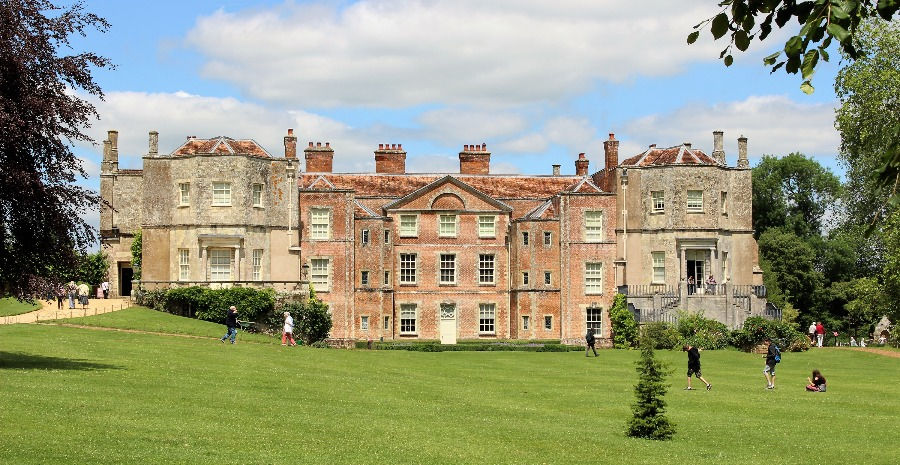KEILLS CHAPEL: BEAUTY AND HISTORY ON THE WEST COAST OF SCOTLAND
- Kate

- Jul 26, 2021
- 3 min read
One of those magical places which stays with you long after your visit – this little chapel on the west coast of Scotland evokes the past and its culture both through its stunning location and the ancient stones within its interior. Remote and far off the tourist trail, this is the perfect place for the Slow Traveller.

Keills Chapel, dedicated to St Cormac, is a tiny single-chambered chapel built in the early 13th century, although the site itself has probably been a sacred area from the eighth century. It’s set on the hillside overlooking Loch Keills, a tranquil and picturesque spot, with only one nearby house, some sheep and maybe a yacht or two on the water below. The hillside is covered with bracken, foxgloves and wild flowers and is a spot to linger and reflect even before you enter the chapel itself.
Pushing open the modern chapel door is a delight even before you enter the sturdily built stone building. The simplicity and the silence tell you that you are somewhere that has been much revered and treasured over centuries. The interior contains a collection of nearly 40 late medieval West Highland grave slabs and crosses recovered from the churchyard. Some stand where the altar originally stood, some are buried within the ground, some are lining the walls.
Photographs by Stephen Hardman
There is light from the three original small windows and the modern skylights above, but only enough to allow the stones to appear mystical and magical and tell their story solemnly through their intricate carvings and designs.

The most significant stone is the High Cross of Keills, a free-standing cross dating from the eighth century. It originally stood 50 yards to the north-west, but has been wisely brought into the chapel to protect it from the elements.
It’s the only example of its type on the mainland and probably has a connection with Iona as it is similar to the crosses found there.
It’s carved from the local grey-green epidiorite and is only decorated on one side. It stands seven feet high and the proportions are unusual with very short side arms of the cross. Four lions surround a circular boss with the Archangel Michael and a seated saint on top of the shaft. Below are panels of interlaced decoration and leaf scrolls.
There are other intriguing late medieval decorative graveslabs and crosses to contemplate and to wonder which chieftain, knight, laird or lady they were carved to commemorate and why certain motifs were chosen. They are long tapering stones, decorated with a variety of motifs including swords, shields, craftsmen’s tools, animals and foliage. They were almost certainly carved by local sculptors from Knapdale and nearby Lochs Awe and Sween.

Back outside you can walk up to the replica of the Keills Cross standing where the original once stood, and look down on the loch below. Then it’s a delightful walk along the narrow path below the chapel to the pier, soundly constructed with Thomas Telford’s guidance in the early 1800s. It retains its metal bound edge and sturdily built structure although it has long been out of use. It was created originally for drovers to bring cattle by ferry from Jura and Islay on to the mainland. From here you can look across to the Paps of Jura and further south to Islay.

It is a place far from the frequented tourist places as you have to undertake a special journey to find it, but it is well worth it for its isolation, its scenery and its sense of Scotland’s ages past.
Visiting Keills Chapel
How to get to Keills Chapel
Lochgilphead PA31 8PQ
It is 6 miles south west of Tayvallich on a single track road (with passing places) B8025. Ideal for cycling, or you can take your car and park below the hill. There is about 300 metres walk through farm gates to the chapel, the last part of which is uphill. If you are lucky enough to come by sea, there is a jetty for dinghies or small boats. There is no public transport.
When is Keills Chapel open?
Usually from dawn to dusk.
How much does it cost to visit Keills Chapel?
There is no charge.
Are there any facilities at Keills Chapel?
The nearest village is Tayvallich where there is a pub, shops and public loos.














Comments